The United States has thrust India into an unprecedented economic dilemma by imposing punishing 50% tariffs on Indian exports—the highest levies on any major trading partner—specifically targeting New Delhi’s continued purchases of discounted Russian crude oil. This aggressive trade action, announced by President Donald Trump in August 2025, represents a dramatic escalation in Washington’s efforts to economically isolate Russia and pressure Moscow to end its war in Ukraine.
Trump claims Indian Prime Minister Narendra Modi privately assured him India would halt Russian oil purchases “within a short period of time” during a White House meeting on October 15, 2025. However, India quickly distanced itself from these comments, with its Ministry of External Affairs emphasizing that energy policy remains “guided by the interests of the Indian consumer in a volatile energy scenario.”
The stakes could not be higher for India’s economy, which depends on affordable energy to fuel growth for 1.4 billion citizens while navigating intense diplomatic pressure from its largest export market.
The Staggering Numbers Behind India’s Russian Oil Dependency
India’s transformation into Russia’s largest oil customer represents one of the most dramatic shifts in global energy markets following the Ukraine conflict. The scale of this relationship is truly massive and has profound implications for both nations.
Record-Breaking Import Volumes: In 2024, India purchased $52.7 billion worth of Russian crude oil, accounting for 37% of its total oil import bill. This represents an astronomical increase from pre-war levels when Russia supplied merely 3% of India’s crude needs in 2021-22.
By 2025, Russian crude accounted for approximately 50% of imports at Reliance Industries’ Jamnagar refinery, India’s largest private facility, according to data from the Centre for Research on Energy and Clean Air (CREA).
Volume Surge Statistics: India’s imports of Russian oil skyrocketed from just 4 million tonnes in 2021-22 to over 87 million tonnes in 2024-25. Russia exported 1.62 million barrels per day to India in September 2025, roughly one-third of the country’s total oil imports.
This dramatic shift made Russia India’s top crude supplier, surpassing traditional suppliers like Iraq, Saudi Arabia, and the United Arab Emirates that had dominated India’s energy basket for decades.
Economic Lifeline: How Discounted Russian Oil Saves India Billions
The financial benefits driving India’s Russian oil purchases extend far beyond simple cost savings, touching multiple aspects of the nation’s economic stability and growth trajectory.
Direct Cost Savings: After Western sanctions drove down Russian crude prices, India secured substantial discounts averaging 14.1% in 2022-23 and 10.4% in 2023-24. These price reductions saved India approximately $5 billion annually, representing 3-4% of its crude import bill—a significant sum for an economy managing a $900 billion goods and services import budget.
Cumulative Financial Impact: Over the post-Ukraine conflict period, total savings from discounted Russian oil purchases add up to roughly $9 billion—money that could otherwise have strained India’s current account deficit and foreign exchange reserves.
Refinery Compatibility Advantage: Indian refineries are specifically calibrated for heavier crude grades similar to Russia’s Urals blend. Switching to lighter US shale crude would require costly refinery reconfiguration and could significantly reduce yields of diesel and jet fuel—critical products for India’s transportation and aviation sectors.
Trump’s Escalating Tariff Strategy and Economic Warfare
The Trump administration’s tariff actions against India represent a calculated strategy to pressure major Russian oil buyers while leveraging ongoing trade negotiations with New Delhi.
Timeline of Tariff Escalation: Trump initially imposed 25% tariffs on Indian goods in August 2025, then doubled the rate to 50% through an executive order specifically citing India’s direct or indirect importation of Russian oil.
The steep tariffs threaten more than $48 billion worth of Indian exports, according to government estimates, potentially making exports to the US commercially unviable and leading to job losses in the world’s fifth-largest economy.
Strategic Timing: The additional tariffs were set to take effect within 21 days of the August announcement, giving India limited time to adjust its energy procurement strategy or face severe economic consequences.
White House Justification: The White House stated that India’s importation of Russian oil “undermines US efforts to counter Russia’s harmful activities,” noting that India’s subsequent reselling of refined petroleum on the open market “often at significant profit, further enables the Russian Federation’s economy to fund its aggression”.
India’s Defiant Response and Diplomatic Counterarguments
India has mounted a vigorous defense of its energy purchases, pointing to historical context and perceived double standards in Western criticism.
Historical US Encouragement: India emphasized that “the United States at that time actively encouraged such imports by India for strengthening global energy markets stability,” with former US Ambassador to India Eric Garcetti stating at a conference that India purchased Russian oil “as we wanted somebody to buy Russian oil”.
Global Price Stabilization Argument: India’s Energy Minister Hardeep Singh Puri defended purchases by stating that if countries had stopped buying Russian oil, “the price of oil would have gone up to 130 dollars a barrel,” and that India was “advised, including by our friends in the United States, to please buy Russian oil, but within the price cap”.
Pointing Out Western Hypocrisy: India highlighted that the US continues importing uranium hexafluoride for its nuclear industry, palladium for the electric-vehicle sector, and fertilizers and chemicals from Russia, with US-Russia bilateral trade standing at $5.2 billion in 2024.
The Reliance Factor: Asia’s Richest Man at the Center
One of the most fascinating dimensions of this geopolitical drama involves Mukesh Ambani’s Reliance Industries, whose massive Jamnagar refinery complex has become central to India’s Russian oil relationship.
Reliance’s Russian Pivot: Reliance Industries’ Russian crude imports soared from just 3% before the Ukraine war to 50% currently, with the company importing 18.3 million tonnes of Russian crude worth $8.7 billion in the first seven months of 2025 alone—a 64% year-on-year increase.
Refined Product Exports to Sanctioning Nations: Reliance has exported products made from Russian crude to countries that have sanctioned Russia, including the United States, with $1.4 billion in oil products exported to the US from the Jamnagar refinery in 2025—a 14% year-on-year increase.
Global Supply Chain Impact: The Jamnagar refinery exported $85.9 billion of refined products globally from February 2022 to July 2025, with an estimated 42% ($36 billion) going to countries sanctioning Russia.
This creates an ironic situation where sanctioning nations indirectly benefit from Russian crude through processed petroleum products, complicating the narrative of who actually funds Russia’s war efforts.
Alternative Suppliers and the Displacement Effect
Russia’s emergence as India’s top oil supplier didn’t occur in isolation—it fundamentally reshaped India’s entire energy procurement landscape, displacing multiple traditional suppliers.
Traditional Gulf Suppliers Hold Steady: While the Gulf trio of Iraq, Saudi Arabia, and the UAE saw their market share fall by 11 percentage points, their actual export volumes to India remained steady as India’s overall import demand grew from 196 million to 244 million tonnes.
Dramatic Declines for Other Suppliers: The real casualties of Russia’s rise were diverse suppliers including the United States, Brazil, Kuwait, Mexico, Nigeria, and Oman—all of which saw their exports to India more than halve following the Ukraine conflict.
The Iran and Venezuela Gap: Between 2018-19 and 2021-22, India phased out imports from Iran and Venezuela due to heavy US sanctions. These countries previously supplied 17% of India’s total crude (41 million tonnes), creating a vulnerability that Russia later filled.
Technical Challenges of Switching Away from Russian Crude
Beyond economics and geopolitics, significant technical obstacles complicate any rapid pivot away from Russian oil supplies.
Refinery Configuration Constraints: Most Indian refineries are specifically designed to process medium-to-heavy crude grades like Russia’s Urals blend. These facilities feature coking units and hydrocracking capacity optimized for heavier oil molecules.
Alternative Crude Compatibility: Light US shale crude has fundamentally different characteristics—higher API gravity and different sulfur content—requiring different processing equipment and yielding different product slates. Reconfiguring refineries to handle these alternatives could require billions in capital investment and extended downtime.
Product Yield Implications: Indian refineries configured for Russian crude produce optimal yields of diesel and jet fuel—critical products for India’s trucking and aviation industries. Switching to lighter crudes could reduce these yields, potentially necessitating increased imports of finished petroleum products.
Supply Chain Disruptions: An abrupt halt to Russian oil imports could trigger temporary supply shortages, refinery utilization declines, and potentially fuel price spikes affecting millions of Indian consumers and businesses.
China’s Different Treatment and Strategic Calculus
Trump’s markedly different approach toward China—the world’s largest Russian oil importer—reveals the complex strategic considerations underlying his tariff policy.
China’s Massive Russian Imports: China imported a record 109 million tonnes of Russian crude in 2024, representing nearly 20% of its total energy imports—significantly more than India’s 88 million tonnes.
No Similar Tariff Pressure: Despite China’s larger role in Russian oil revenues, Trump has largely avoided placing similar pressure on China, with the US trade war with Beijing complicating diplomatic efforts and making Trump reluctant to risk further escalation by demanding a halt to Chinese energy imports from Russia.
Strategic Trade-Off: Analysts suggest Trump may be prioritizing broader trade negotiations with China, including potential access to rare earth minerals critical for US defense and technology industries, over pressuring Beijing on Russian oil purchases.
Global Oil Market Implications and Price Dynamics
India’s potential pivot away from Russian crude carries significant implications for global energy markets, affecting prices and supply chains worldwide.
Market Volatility Considerations: If India suddenly halted Russian oil purchases, the immediate effect would likely be upward pressure on global crude prices as Indian refiners competed for alternative supplies. However, current market conditions provide some cushion.
Current Price Environment: Oil prices have fallen 27% in 2025, from $78 to $59 per barrel, reflecting weak global demand. This substantial decline creates more market slack than existed during the initial Ukraine conflict period when prices spiked above $120.
Supply Rebalancing Capacity: Weak overall demand and spare production capacity among OPEC+ members means other suppliers could potentially compensate for India redirecting purchases. Russian oil currently represents about 4-5% of global production—a significant but not insurmountable volume to redistribute.
Price Cap Mechanism: The G7 price cap on Russian crude (currently set at $60 per barrel for seaborne exports) was designed to allow continued Russian oil flows while limiting Moscow’s revenues. India’s purchases within this cap actually serve the mechanism’s intended purpose.
European Union’s New Ban and Cascading Effects
The European Union has implemented a ban on imports of refined petroleum processed from Russian crude set to begin in January 2026—a policy change that could prove “hugely impactful” if strongly enforced.
This regulatory shift could force Indian refiners processing Russian crude to find alternative markets for their refined products, potentially disrupting the profitable business model that has developed since 2022.
Market Redirection Challenges: If European markets close to refined products made from Russian crude, Indian refiners would need to identify new buyers, potentially in Asia, Africa, or Latin America. This could compress profit margins and reduce the economic attractiveness of processing Russian crude.
Competitive Disadvantages: Refiners in the Middle East not processing Russian crude could gain competitive advantages in European markets, potentially shifting the global refining landscape and threatening India’s position as a major refined product exporter.
India’s Energy Security Imperatives and Future Options
For India’s policymakers, the Russian oil dilemma intersects with broader energy security concerns that have shaped national strategy for decades.
Import Dependency Reality: India imports approximately 85% of its crude oil needs, making energy security a perpetual vulnerability. Any disruption to affordable supplies directly threatens economic growth and inflation management.
Diversification Goals: India’s Ministry of External Affairs emphasized that its energy policy includes “broad-basing our energy sourcing and diversifying as appropriate to meet market conditions,” noting that regarding the US specifically, “we have for many years sought to expand our energy procurement”.
US Supply Expansion Potential: In 2024, India bought $7.7 billion of American petroleum products, including $4.8 billion of crude oil. However, India still ran a $3.2 billion petroleum trade deficit with the US, suggesting room for increased American supplies if pricing becomes competitive.
Middle Eastern Alternatives: Iraq, Saudi Arabia, and the UAE remain willing suppliers with excess capacity. However, their crude trades at premium prices compared to discounted Russian grades, directly impacting India’s import costs.
Renewable Energy Transition Context
India’s long-term energy strategy increasingly emphasizes renewable energy development, though fossil fuels will remain critical for decades.
Ambitious Renewable Targets: India has committed to achieving 500 GW of renewable energy capacity by 2030 and reaching net-zero emissions by 2070. However, these transformations require sustained economic growth fueled partially by affordable fossil fuels during the transition period.
Transportation Sector Dependence: India’s transportation sector—including trucking, aviation, and shipping—remains heavily dependent on petroleum products. Electric vehicle adoption, while growing, represents a small fraction of the vehicle fleet and cannot rapidly replace petroleum demand.
Industrial Energy Needs: Petrochemicals, fertilizers, and various industrial processes require petroleum feedstocks beyond combustion fuels, ensuring continued crude demand regardless of power sector renewable adoption.
Potential Scenarios and Economic Outcomes
India faces several potential pathways forward, each carrying distinct economic and geopolitical implications.
Scenario 1: Gradual Phase-Down Several Indian refiners have begun planning a gradual cut in Russian oil purchases, with sources indicating an abrupt halt could drive up global oil prices and fuel domestic inflation. This measured approach could satisfy US demands while minimizing economic disruption.
Scenario 2: Status Quo Defense India could maintain current Russian oil imports, accepting 50% US tariffs while arguing its energy policy serves global price stability. This risks further trade tensions but preserves immediate economic benefits.
Scenario 3: Accelerated Diversification India could rapidly expand imports from the US, Middle East, and other suppliers, paying price premiums but securing improved US trade relations and potentially negotiating tariff relief.
Scenario 4: Refined Product Focus India could reduce Russian crude imports while increasing purchases of Russian refined products, potentially circumventing some US objections while maintaining access to discounted Russian petroleum.
Impact on India-US Trade Relations
The Russian oil dispute occurs against the backdrop of broader India-US trade negotiations that have proven contentious for years.
Trade Deficit Concerns: The US has long complained about India’s protectionist measures, including high tariffs on agricultural goods and pharmaceutical subsidies. Trump views the bilateral trade deficit (favoring India) as fundamentally unfair.
Strategic Partnership at Risk: India and the US have developed increasingly close strategic ties, particularly regarding China containment and Indo-Pacific security. Energy disputes threaten this broader partnership that both nations value.
Delayed Trade Agreement: Comprehensive India-US trade negotiations have stalled repeatedly over market access issues, agricultural barriers, and intellectual property concerns. The Russian oil dispute adds another complication to already difficult negotiations.
For comprehensive analysis of US-India trade relations, visit the Council on Foreign Relations.
Russia’s Perspective and Energy Export Strategy
For Russia, India represents a critical market that has partially offset lost European customers following Western sanctions.
Revenue Stabilization: Indian purchases have helped Russia maintain oil export revenues despite Western sanctions and price caps. This cash flow proves essential for funding government operations and, as Washington argues, military operations in Ukraine.
Diplomatic Relations: Russia’s response to US pressure has been cautious, with Russian officials defending India’s right to pursue its national interests. Moscow values India as a strategic partner and major weapons customer beyond energy ties.
Alternative Markets Development: While India represents Russia’s largest crude customer, Moscow has also expanded exports to China and other Asian nations. This diversification provides Russia flexibility if Indian purchases decline.
Price Concession Sustainability: Russian crude discounts to Asian buyers reflect both sanctions-induced limited market access and transportation costs. If global sanctions ease or alternative buyers emerge, these discounts might narrow, reducing India’s economic incentive.
Historical India-Russia Partnership Context
India’s relationship with Russia extends far beyond recent energy trade, rooted in decades of strategic partnership that influences current decisions.
Defense Cooperation: Russia remains India’s largest defense equipment supplier, providing fighter aircraft, submarines, missiles, and other critical systems. This defense relationship creates strategic dependence that affects energy policy considerations.
Cold War Legacy: India maintained close ties with the Soviet Union throughout the Cold War, with Moscow providing diplomatic support and military equipment when Western nations backed Pakistan. This historical relationship fosters continued Indian sympathy toward Russian positions.
Non-Aligned Movement Principles: India’s foreign policy traditionally emphasizes strategic autonomy and resistance to external pressure—principles that make US ultimatums particularly unwelcome regardless of their substance.
Expert Analysis and Future Projections
Leading energy and trade analysts offer varying perspectives on India’s likely path forward and the broader implications of this dispute.
Price Stability Arguments: Energy economists note that India’s Russian oil purchases have indeed helped stabilize global markets by ensuring Russian crude continues flowing despite Western sanctions. Abrupt Indian withdrawal could trigger price volatility harmful to all consumers.
Refinery Economics: Industry experts emphasize that Indian refiners made rational economic decisions to maximize Russian crude imports when discounts peaked. Reversing these decisions purely for political reasons contradicts market principles that typically guide energy trade.
Geopolitical Leverage: Foreign policy analysts suggest Trump’s tariff strategy reflects broader frustration with India’s independent foreign policy and resistance to US demands across multiple issues beyond Russian oil.
Long-Term Trends: Some observers argue that even if India and Russia reach an agreement on Ukraine, the US will find another pretext to maintain tariffs on India, as the measures are driven by other trade issues including Trump’s frustrations over India not conceding to broader US trade demands.
Conclusion: India’s Impossible Choice and Global Ramifications
India finds itself navigating an extraordinarily complex situation where economic rationality, energy security imperatives, strategic autonomy principles, and geopolitical pressure converge in conflicting directions.
The country’s decision regarding Russian oil purchases will ultimately reflect calculations about short-term economic costs versus long-term strategic relationships, domestic political considerations versus international diplomatic pressure, and immediate consumer welfare versus future trade opportunities.
Economic Stakes: With $9 billion in cumulative savings at risk, higher energy costs threatening inflation for 1.4 billion citizens, potential job losses from export disruption, and refinery reconfiguration expenses, the economic dimensions alone are staggering.
Diplomatic Complexity: India must balance relations between its largest export market (the US), a historic strategic partner (Russia), traditional energy suppliers (Middle Eastern nations), and its own principles of strategic autonomy and non-alignment.
Global Implications: Whatever path India chooses will influence global oil markets, set precedents for how nations respond to US secondary sanctions pressure, and shape the emerging multipolar world order where middle powers increasingly assert independent positions.
The coming months will reveal whether Trump’s tariff pressure succeeds in reshaping India’s energy procurement or whether New Delhi maintains its current course, accepting trade friction as the price of energy security and strategic autonomy. Either outcome will profoundly impact global energy markets, US-India relations, and the broader geopolitical landscape.
For the latest updates on India’s energy policy, visit India’s Ministry of Petroleum and Natural Gas.



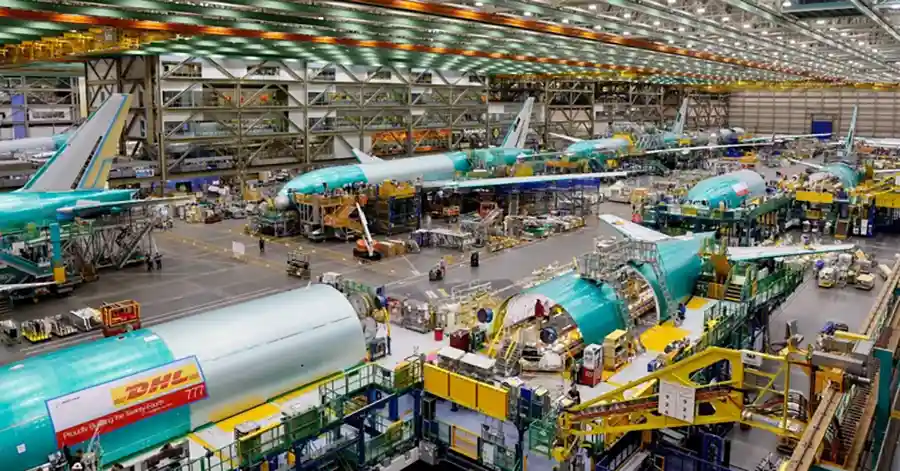


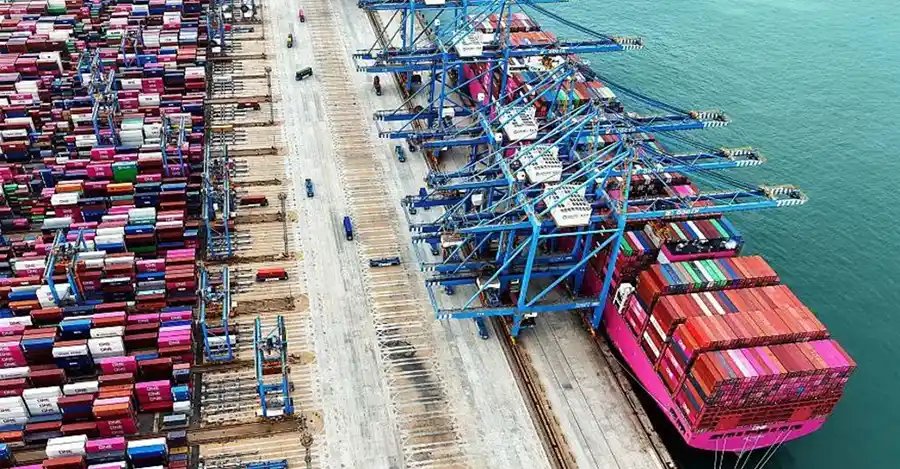


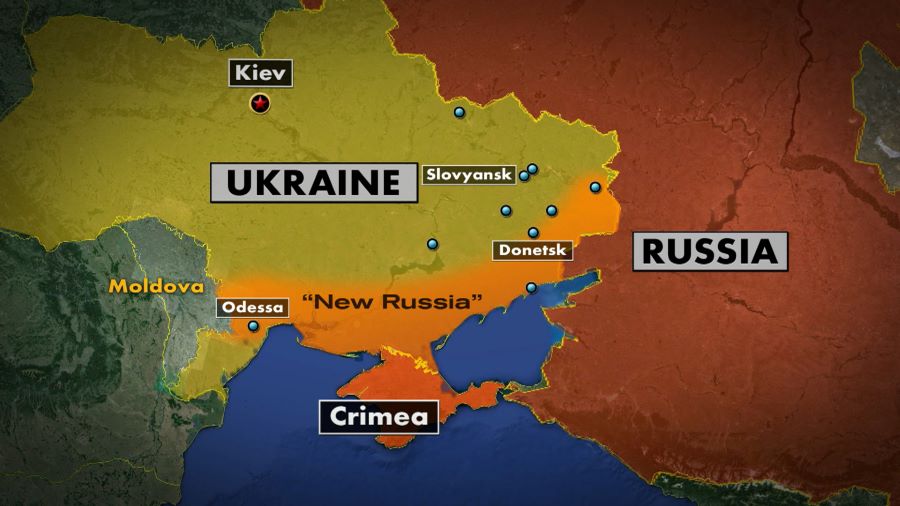




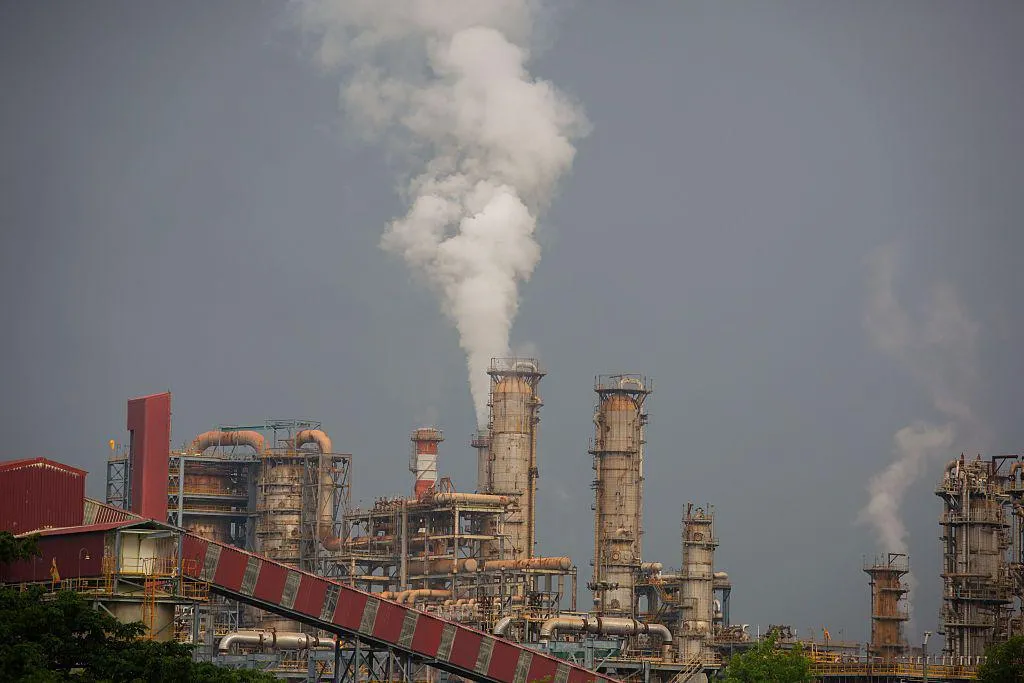
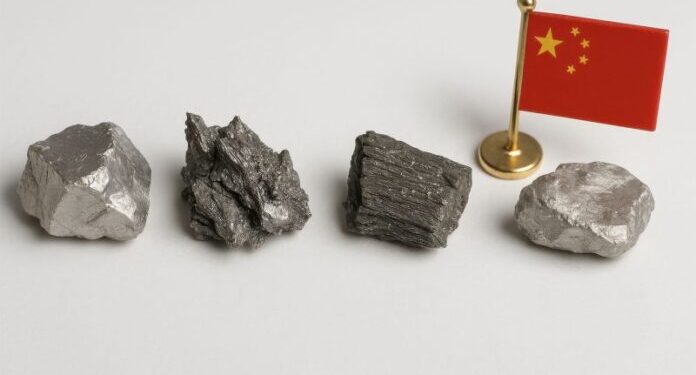
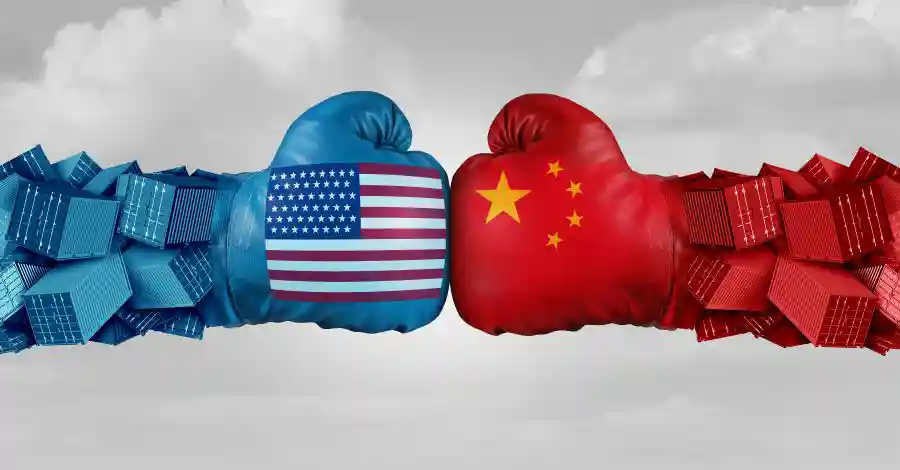




Comments